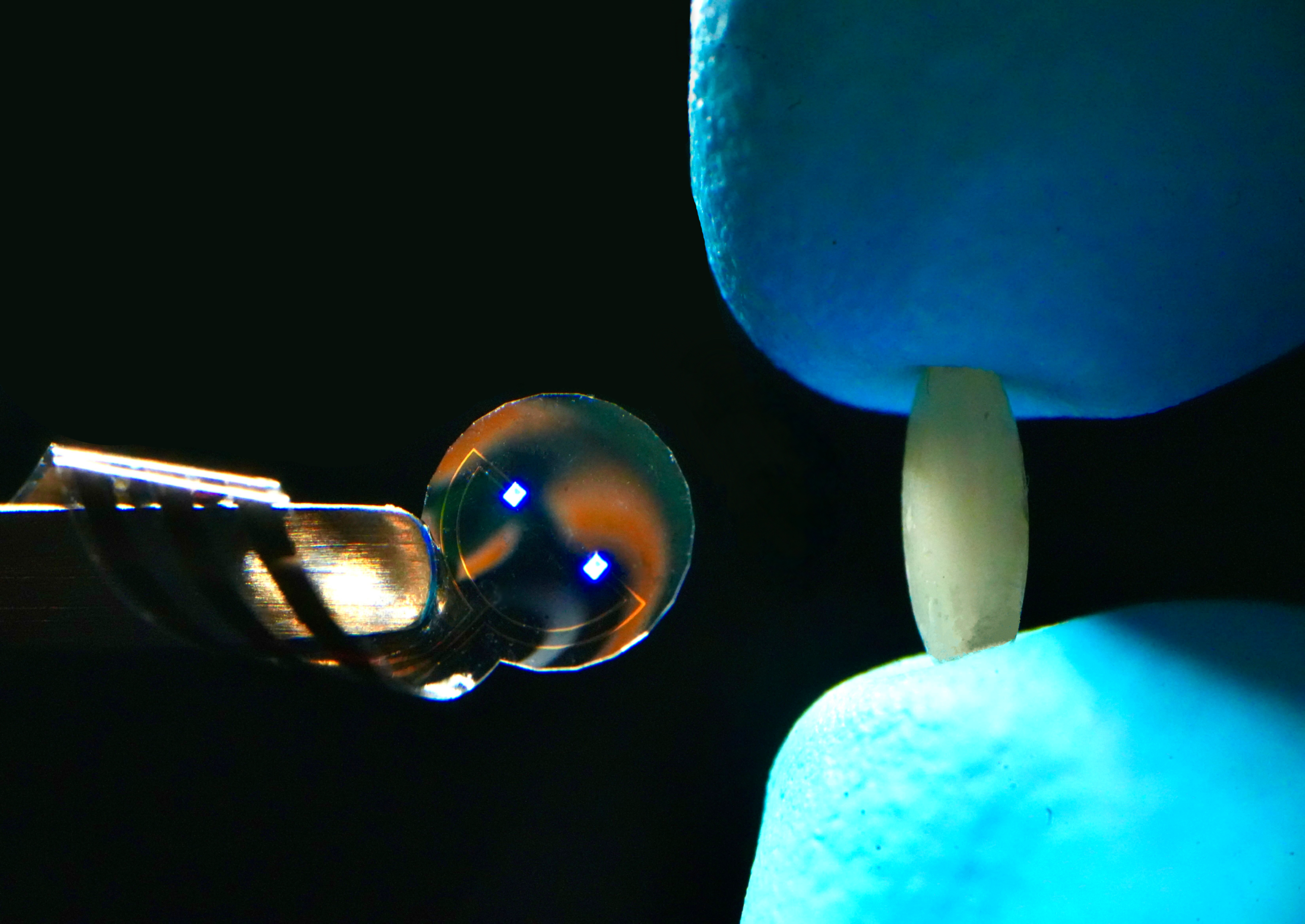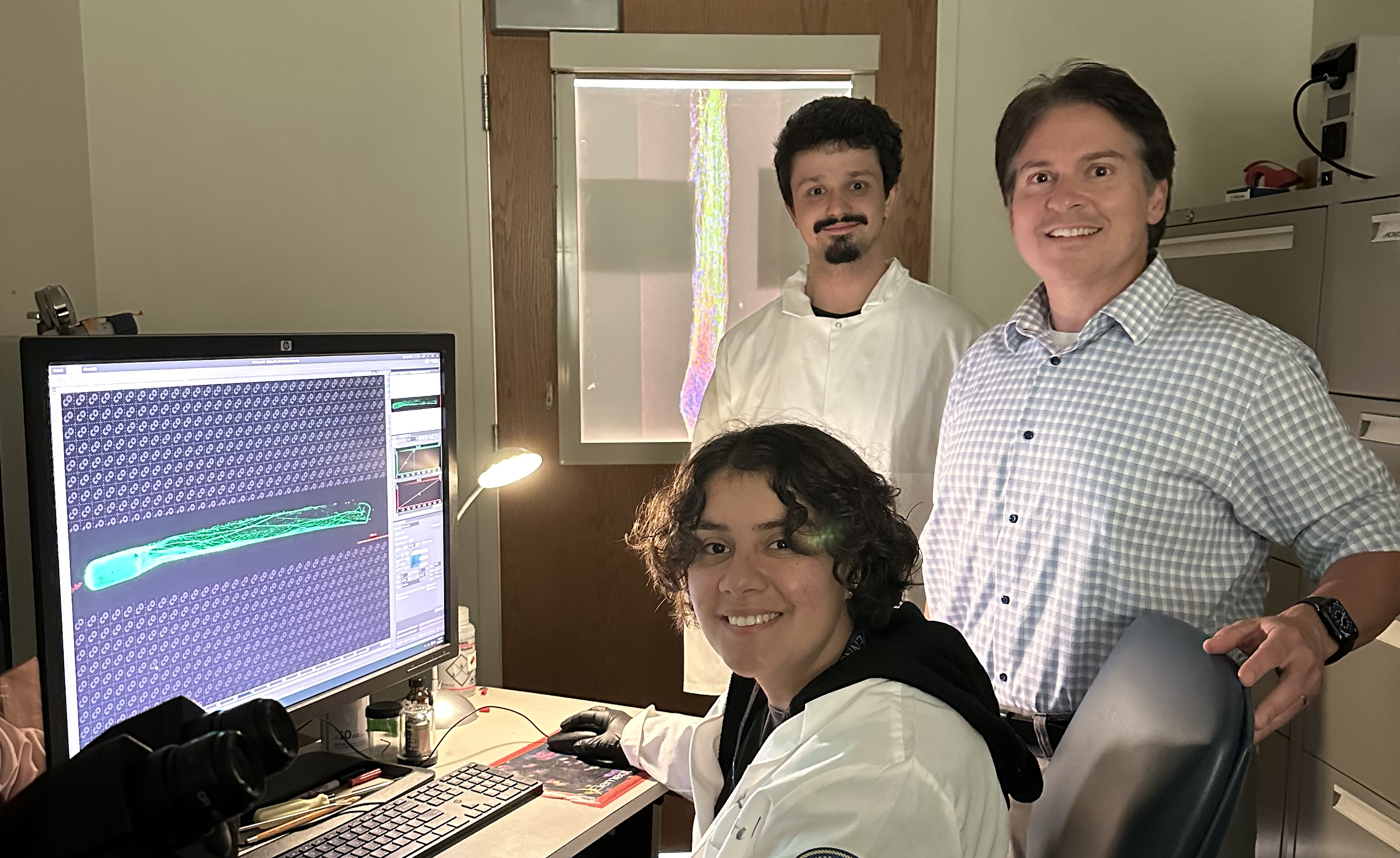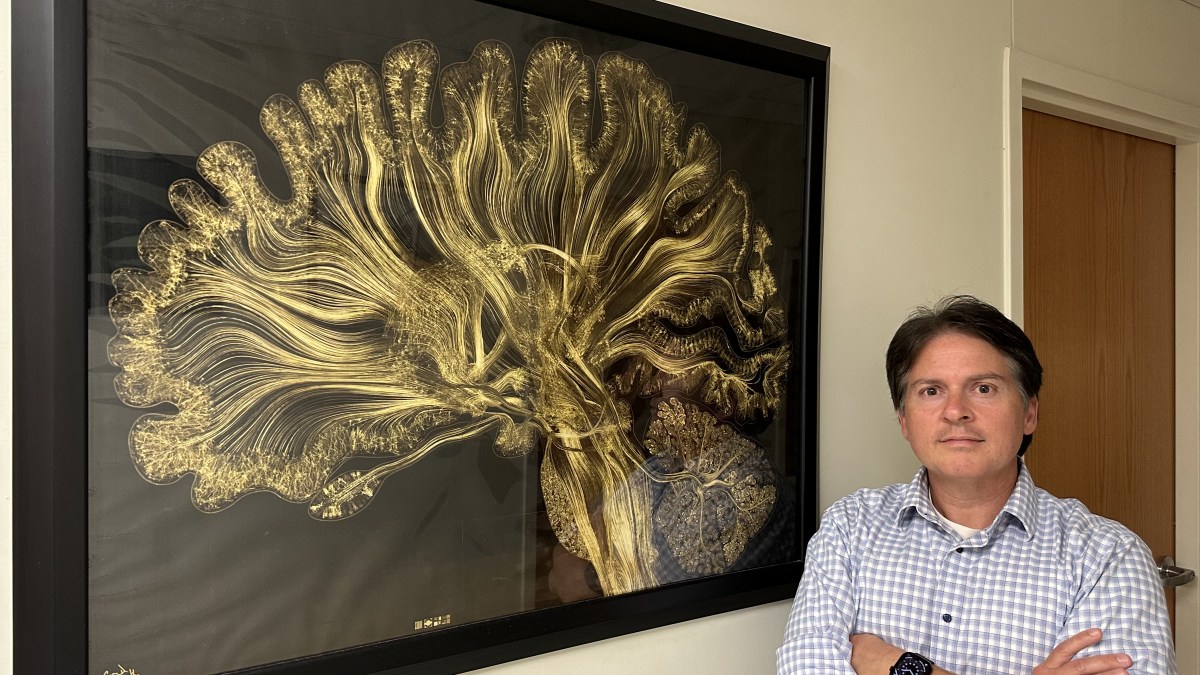Parkinson’s disease has long been a study in frustration. The tremors that affect patients stem from a shortage of dopamine, a chemical messenger in the brain. Drugs can top up supplies and bring temporary relief, but they do nothing to repair the faulty circuits that cause the loss in the first place.
Deep-brain stimulators — metal electrodes that jolt neurons with electricity — can also help, but often only for a time. Scar tissue eventually builds around the implants, muffling their signals and blunting their effect.
A new approach is now gaining attention: the replacement of the damaged dopamine circuits with “living implants”. The first prototypes have been created, made from lab-grown brain cells, and modified so that they can be controlled electronically.
Britain has quietly become one of the most ambitious backers of this kind of “biohybrid” technology. The Advanced Research and Invention Agency (Aria) — a government body set up to fund science “on the edge of the possible” — is bankrolling what may be the most audacious effort yet to make the idea a reality.
Among those being supported is Kacy Cullen, a neurosurgeon and bioengineer at the University of Pennsylvania, whose group is getting a share of the £69 million Aria is investing in “precision neurotechnologies”. His team is cultivating strands of nerve tissue no thicker than a human hair made entirely from lab-grown brain cells, or neurons.
The plan is to insert these living fibres into the brains of Parkinson’s patients. The neurons are genetically modified to respond to light. They will release dopamine when stimulated with specific wavelengths.
A miniature LED device, smaller than a grain of rice and designed by Cullen’s collaborator, Professor Flavia Vitale, would sit just beneath the skull — on the brain’s surface, but not inside it — and direct light to the implants when required. By prompting the cells to secrete dopamine on cue, the therapy should ease the movement problems that are a hallmark of the disease.

A tiny device, smaller than a grain of rice, controls the implant
Unlike the metal electrodes used for traditional brain implants, which can provoke scarring and rejection, these biological fibres could be derived from a patient’s own skin cells, or from mass-produced cell lines engineered not to rile the recipient’s immune system. If successful, they could integrate seamlessly into brain tissue and function for years.
Cullen’s research overlaps with the efforts of Elon Musk’s “brain chip” company Neuralink, which is embedding ultrafine metal electrodes — gold or platinum conductors embedded in polymer threads — into the brains of trial participants.
By monitoring the electrical activity of his brain, the Neuralink system has enabled a paralysed man to control a cursor with his thoughts. Yet Cullen argues that living implants hold far greater promise. Unlike Neuralink’s passive electrodes, lab-grown cells could form synaptic connections with their natural neighbours.
They would not just listen to the brain, but converse with it, passing information back and forth.
For Parkinson’s, the target is dopamine production in the brain’s striatum region, where the deficit lies. But similar implants may calm epileptic seizures, rebuild circuits after a stroke or spinal injury or even provide sensory feedback to prosthetic limbs.
At Imperial College London, Professor Rylie Green — whose group is also being backed by Aria — has her sights on Alzheimer’s. The vision is to use implants derived from patients’ own skin cells. The cells would be coaxed first into becoming stem cells and then brain cells. They would also be modified to respond to light and electrical cues. Her ambition is to replace withered brain tissue in regions vital to memory.

Kacy Cullen’s team is cultivating strands of nerve tissue no thicker than a human hair
In another Aria-funded project, George Malliaras, the Prince Philip professor of technology at the University of Cambridge, is looking at introducing tiny clusters — or organoids — of lab-grown, dopamine-producing cells into the brain. Electric pulses would be applied to coax them to forge connections with the natural tissue.
Jacques Carolan, Aria’s programme director for precision neurotechnologies, oversees these biohybrid investments. “Disorders of wiring [inside the brain] underpin so many neurological and psychiatric conditions,” he said. He envisages a future where lab-grown neurons can be nudged to make precisely the right connections to restore mangled circuits. “That’s the ultimate vision.”
For now, all of this remains in the laboratory. Cullen estimated that it would be at least five to seven years before human trials could begin for his living dopamine implant, and longer still before any therapy won regulatory clearance.
Scaling up the manufacture of viable tissue, and ensuring it is safe, would be challenging. Even so, he was confident of the trajectory. After decades of pushing metal into the brain, researchers are turning to living technology. “I really think this is the future,” he said.
Get the source article here



